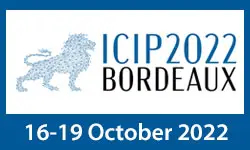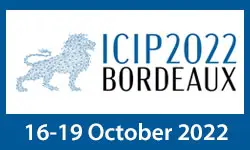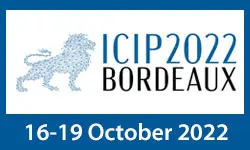Simultaneous Learning and Compression For Convolution Neural Networks
Muhammad Tayyab, Abhijit Mahalanobis
-
Members: FreeSPS
IEEE Members: $11.00
Non-members: $15.00Length: 00:08:14
18 Oct 2022
The detection of forged images is an important topic in digital image forensics. There are two main types of forgery: copy-move and splicing. These forgeries are created with image editors that apply JPEG compression by default, when saving the forged images. As a result, the authentic and falsified areas have different compression statistics, including histograms of DCT coefficients that show inconsistencies in the case of double JPEG compression. Therefore, the detection of double JPEG compression is an important topic for JPEG-related image forensic detectors. Since the emergence of deep learning in image processing, AI-based compression methods have been proposed. This paper is the first to consider AI-based compression with digital image analysis tools. The objective is to understand whether AI-based compression can be a new unintended counter-attack for JPEG-related image forensic detectors. To verify our hypothesis, we selected the best detector to date, an AI-based compression method and the Casia v2 database that contains both splicing and copy-move (all publicly available). We focused our experiment on benign post-processing operations: AI-based and JPEG recompressions (with different quality levels). At similar image quality, AI-based recompression achieves a decrease in performance at least twice higher than JPEG, while preserving high visual image quality.



